28 Banana Facts: Weird & Tasty Guide to Fruit, Plant, Nutrition, and History
Bananas are a fruit loved by people around the world. In this post, you’ll learn a ton of banana facts about history, health / beauty benefits, nutritional benefits, and 6 ways to cook a banana.
28 Weird (and Delicious) Banana Facts
1. Why is a banana called a banana?
The healthy breakfast fruit, banana, is called such because it derives from the word, “banan” which is an Arabic word meaning “finger.” Somewhat resembling the shape of a human digit, a single banana is called a finger and is attached to a group of other bananas called a “hand.”
2. Largest bunch of bananas
Have you ever wondered what the world record is for the largest bunch of bananas? According to the Guinness World Records, this title was won in 2001 by a humongous bunch grown in the Canary Islands, weighing 287 pounds (130 kg) and containing 473 single bananas.
Pictured is a huge (but not the largest) stem of bananas.
3. How many bananas grow in a stem?
The average stem can produce up to 240 bananas.
Every stem produce 9 to 12 hands (rows of bananas). And every hand grows from 14 to 20 fingers (or individual bananas).
4. How many bananas in a bunch?
There are often 6 to 20 bananas in a bunch. This number will vary depending on the variety and where they are being sold.
Roadside markets next to banana plantations will often sell huge bunches (of 10 to 20 bananas) – and often who banana stems with hundreds of bananas. A few years ago, we bought a stem of red bananas at a fruit stand in southern Ecuador for USD$8.00. There must have been 100+ bananas on the stem. We tied it to the roof of our truck and took it to a large beach picnic.
But if you are shopping in a northern hemisphere supermarket, you’ll be hard pressed to find a bunch with more than 8 bananas. The average size across supermarkets is 6 bananas to a bunch.
5. What country eats the most bananas?
Declared the “Banana Republic of Africa,” Uganda consumes more bananas per capita (600 pounds) per year than any other country.
By comparison, Americans, who add bananas to everything from bread, cereal, and pudding to cakes and pies, eat 27 pounds of bananas per capita each year.
Learn more about traditional food in Uganda.
6. Why don’t bananas have seeds?
While all bananas have seeds, commercially produced bananas have been selectively bred to produce tiny, edible seeds. In fact, they are so small that they are almost unnoticeable.
If you plucked a wild banana from its plant, you would probably see large seeds in it. Commercially grown bananas, like the ones you buy in the grocery store, have been cultivated so that the tiny black specks you see in them are downsized to immature seeds that won’t grow any bigger.
7. Banana eating record: Most eaten in 1 minute
In 2012, a man from Illinois, USA, peeled and gobbled down eight bananas in 60 seconds. He broke the world record for peeling and eating the most number of bananas in one minutes.
8. What animals eat bananas in the rainforest?
Many different animals and birds in the rain forest eat bananas. Some of these include fruit bats, monkeys, gorillas, elephants, tapirs, and frugivore birds such as toucans and parrots.
Learn more about food from Haiti – where bananas are used in main dishes and desserts.
Banana Plant Facts
9. Is banana a fruit?
Yes, bananas are a fruit. Why? Bananas are a fruit because they naturally contain the seeds of its plant.
However, the banana plant itself is considered an herb because its stem is succulent instead of woody. In fact, the banana plant is the world’s largest flowering herb plant.
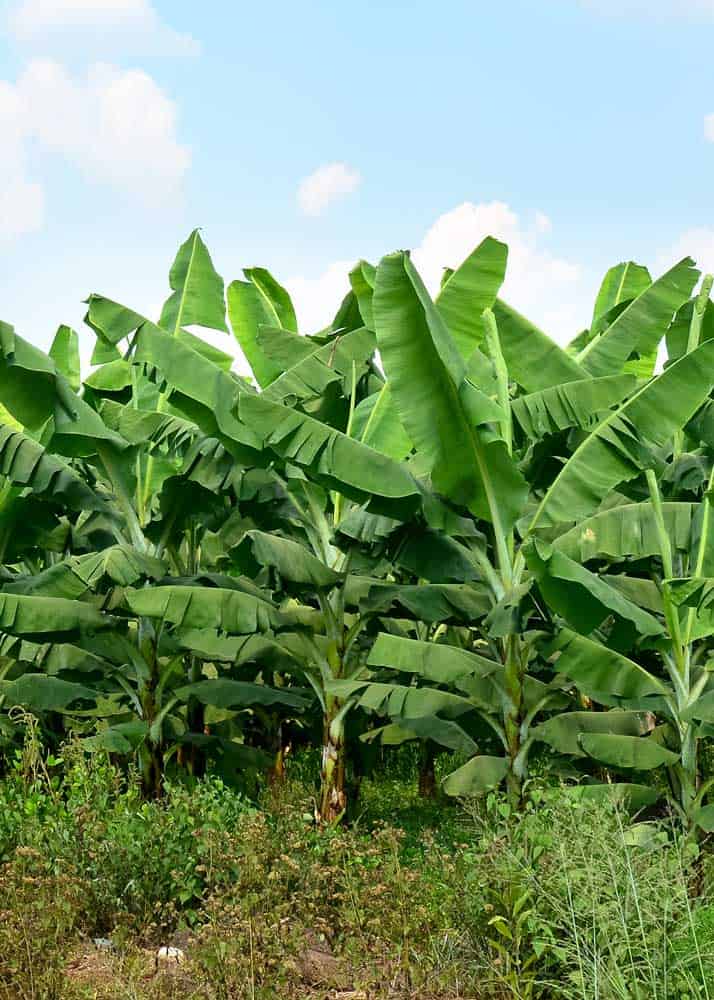
10. Is banana a berry?
Yes. One of the banana facts that many people may not know is that a banana is classified as a berry while a strawberry is not. The reason for this is that berries contain their seeds inside and not outside like strawberries.
11. What are mini bananas called?
Mini bananas are smaller, shorter and more thin-skinned than the more common varieties. These sweet-tasting bananas range from about three to five inches in length and are called by various names such as:
- Baby bananas
- Lady Finger bananas
- Date bananas
- Sugar bananas
- Fig bananas
12. How many species of bananas are there?
All the seedless bananas we eat today are derived from two wild species: Musa acuminata and Musa balbisiana. However, there may be more than 1,000 varieties of bananas.
Some of the most popular include:
- Cavendish
- Red banana
- Blue Java (also known as ice cream banana)
- Plantain (learn the differences between plantain and banana)
- Goldfinger
- Burro
Learn more about Plantain Nutritional Information and Calories
13. What is the most common banana?
Cavendish is the most common variety of banana – you see most often in grocery stores and farmers markets.
This mildly sweet banana with a creamy texture features ripening stages that go from green to yellow to yellow with dark brown/black spots.
Banana Nutritional Facts
14. What are bananas made out of?
About 75% of a banana is water. Bananas also contains fiber, sugar, potassium, calcium, iron, vitamin C and vitamin B6.
15. Why don’t bananas have seeds?
The bananas you find in supermarkets and farmers markets are commercially grown so that the seeds inside have been diminished to black immature specks.
These commercial plants grow offshoots at their base, called pups, which are removed and replanted for reproduction.
16. 6 health benefits of eating bananas
Here are six health benefits of bananas:
- Helps maintain blood pressure and reduces the risks of stroke and heart attack because bananas are high in potassium.
- Soluble fiber in bananas helps combat heartburn, constipation and stomach ulcers.
- Aids your brain in producing serotonin, a hormone that can help you sleep better, balance your moods, and alleviate stress and depression.
- Bananas are good for your skin by helping your body produce collagen.
- If you’re bitten by an insect, rubbing the inside of a banana peeling on the bite area can relieve inflammation and itching.
- Bananas can aid in weight loss because they make you feel full and help regulate blood sugar levels.
17. What is the best way to cook a banana?
As with many popular foods, there are lots of great ways to cook a banana.
Here are 6 banana recipes you might want to try:
- Pan-Fried Honey Bananas (Fifteen Spatulas)
- Baked Bananas with toppings (Healthy Little Foodies)
- Banana Muffins Recipe (Natasha’s Kitchen)
- Banana Oatmeal Pancakes (Taste of Home)
- Frozen Chocolate Bananas (Epicurious)
- Chocolate Chip Banana Cookies (Mom on Timeout)
18. How can you make green bananas ripen faster?
If your bananas are too green for your taste, you can speed up the ripening process by placing them in a paper bag with another fruit (like a tomato, apple, pear, peach or melon) overnight. These fruits release the chemical, ethylene, which promotes the ripening process.
Banana History Facts
19. Where did the banana originate?
While bananas were illustrated in ancient Egyptian hieroglyphs, archaeological evidence shows that bananas may have originated as far back as 8,000 BC in the jungles of Southeast Asia and the South Pacific.
20. How to describe a banana
A banana is a tropical fruit that grows between 3 and 7 inches long in a curved, finger-like shape. When ripe, it has a thick, yellow skin and soft, sweet-tasting pulp.
Other Fun Banana Facts
21. Can bananas help people with depression?
Bananas contain tryptophan, an amino acid that the human body uses to produce serotonin, which is a hormone that alleviates anxiety and depression.
Doctors recommend eating bananas if your body doesn’t produce enough serotonin.
22. What are banana parts called?
There are five main parts of a banana. They include:
- Bunch: a hanging cluster of banana hands
- Hand: a group of bananas up to 20, all connected to the same stem
- Finger: a single banana
- Epidermis: outer banana peel
- Pulp: fleshy inside of the banana that you eat
23. Are bananas radioactive?
Yes. bananas are slightly radioactive. The potassium in bananas release radioactive electrons as the banana decays.
Is this dangerous? No, you would need to eat almost 300 bananas every day for several years to ever be worried about it being harmful to you.
24. 8 Banana beauty treatments
Beside all the benefits you’ll get from eating a banana, they can also be used as part of a regular beauty routine.
- You can use banana peelings to naturally whiten your teeth in two weeks by rubbing the inside of the peeling against your teeth for two minutes each day.
- A mixture of mashed banana, a tablespoon of honey, and a tablespoon of heavy cream makes a good hair conditioner.
- Moisturize skin
- Treat dry skin on your feet
- Treat acne
- Improve sleep
- Reduce puffy eyes
- Relieve itchy bug bites
25. Banana hacks for your house and garden
Make the leaves of your houseplants shine by rubbing them with the inside of a banana peeling. Some people even report doing this to polish their shoes – but this sounds gross and messy to me.
Fertilize your flowers and garden with bananas and their peelings by either composting them, slicing them in small pieces, or burying them whole in the soil.
26. Are bananas native to South America?
It’s easy to think that bananas are native to South America since countries from this continent are some of the world’s leading banana exporters. The truth is, bananas weren’t introduced to the Americas until the 16th century when Portuguese sailors transported them from West Africa.
27. See the world’s largest collection of banana items.
Located in Mecca, California, is the International Banana Museum, a fun venue where you can ogle more than 25,000 items that are all associated with the yellow tropical fruit. You can also buy banana-related merchandise and enjoy banana-themed food treats here.
28. Do banana spiders really hide in bunches of bananas?
Yes, many banana spider species will hide in bananas. While most of the banana spiders are actually quite harmless, the Brazilian wandering spider (Phoneutria) is dangerous and possibly fatal to humans.
As the name suggestions, many of the 5 types of banana spider species favor banana plantations. And sometimes these will travel with the bananas to other countries.
Your Turn
What did you think of these banana facts? Did any of them surprise you? Did you learn anything new about the banana? Let us know your thoughts in the comments!

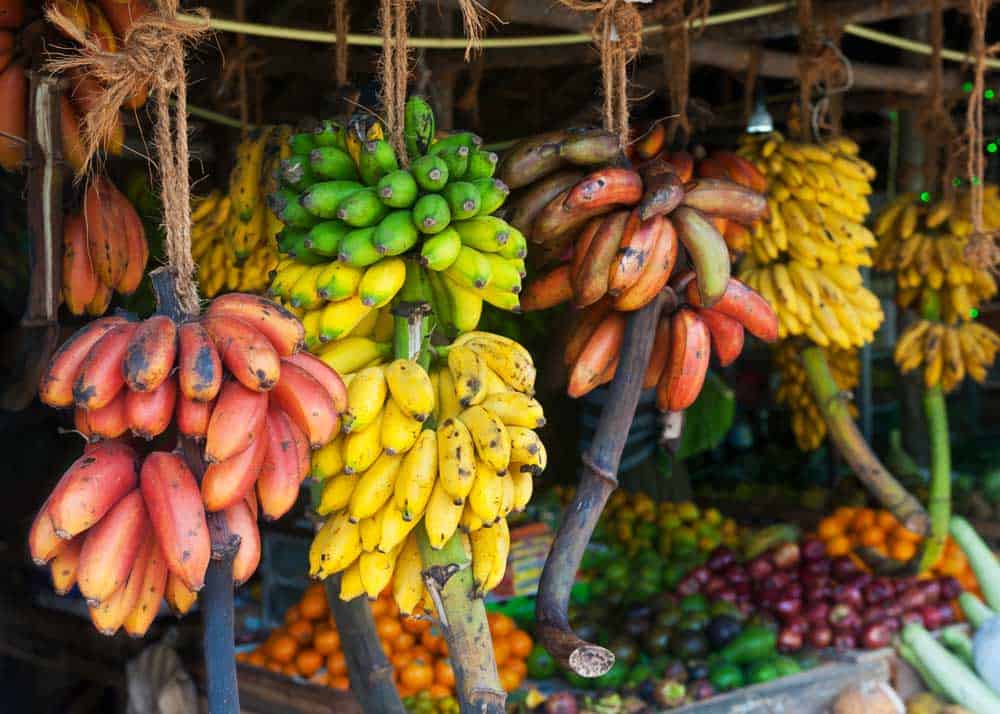
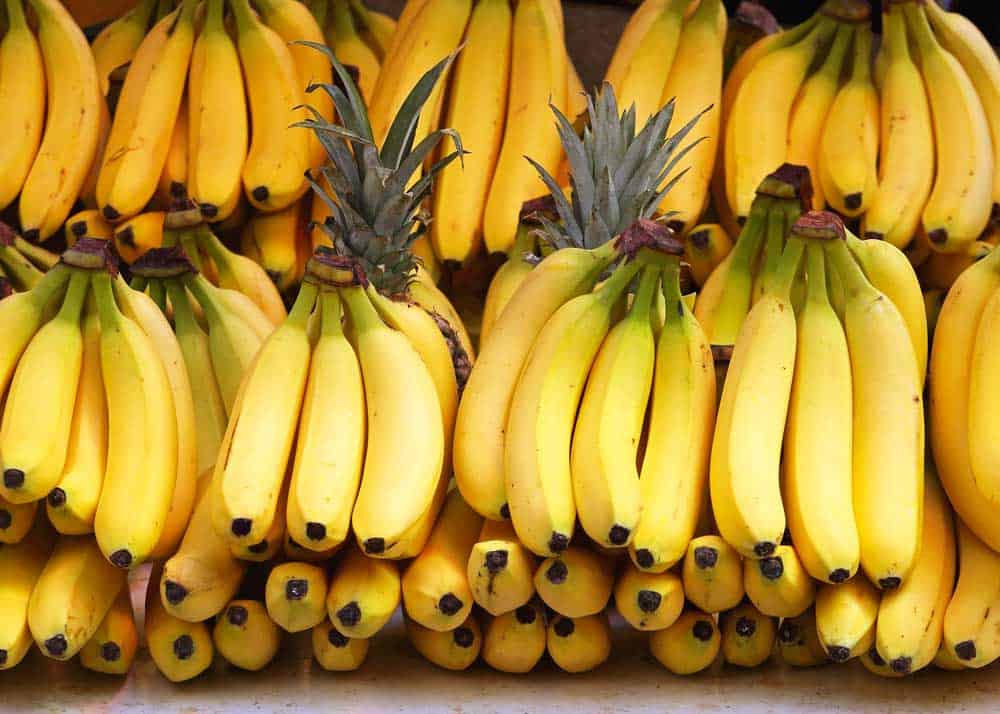
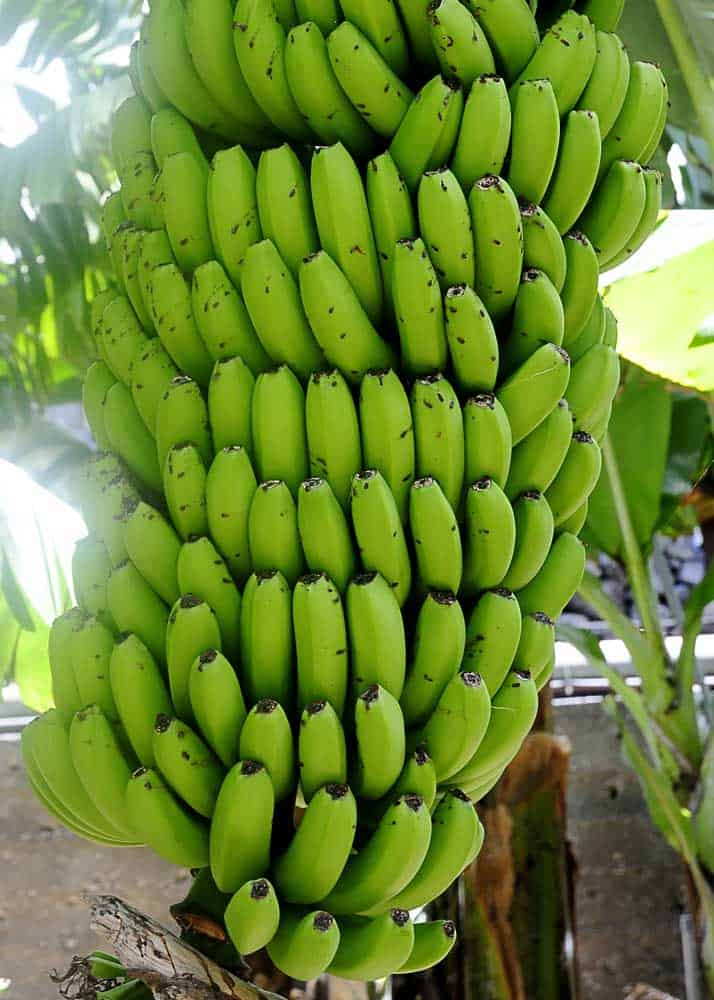
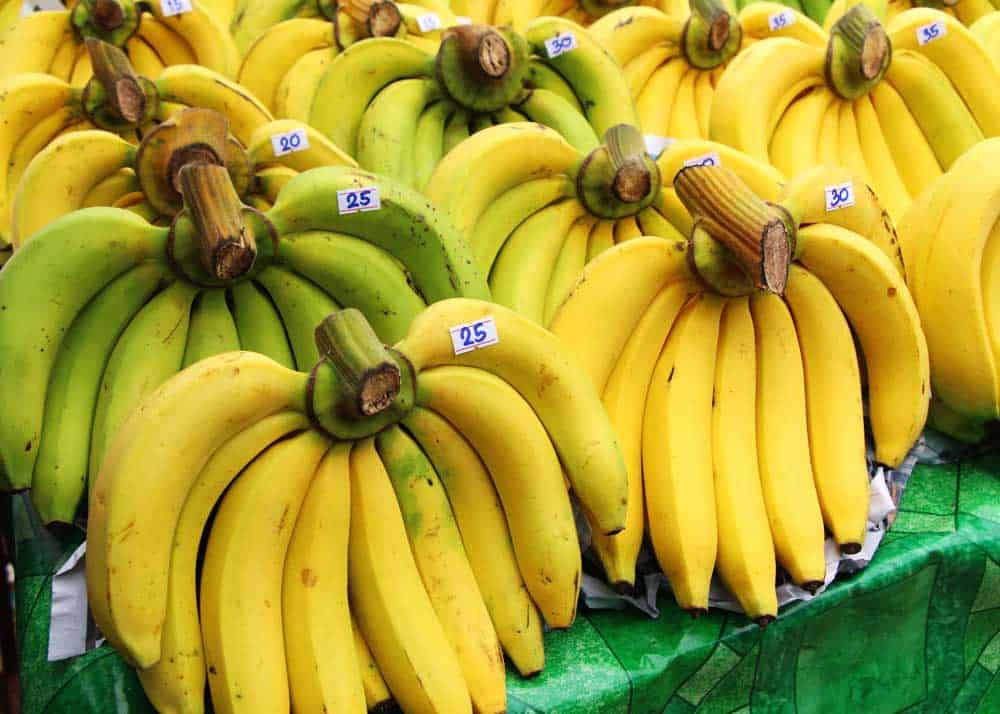
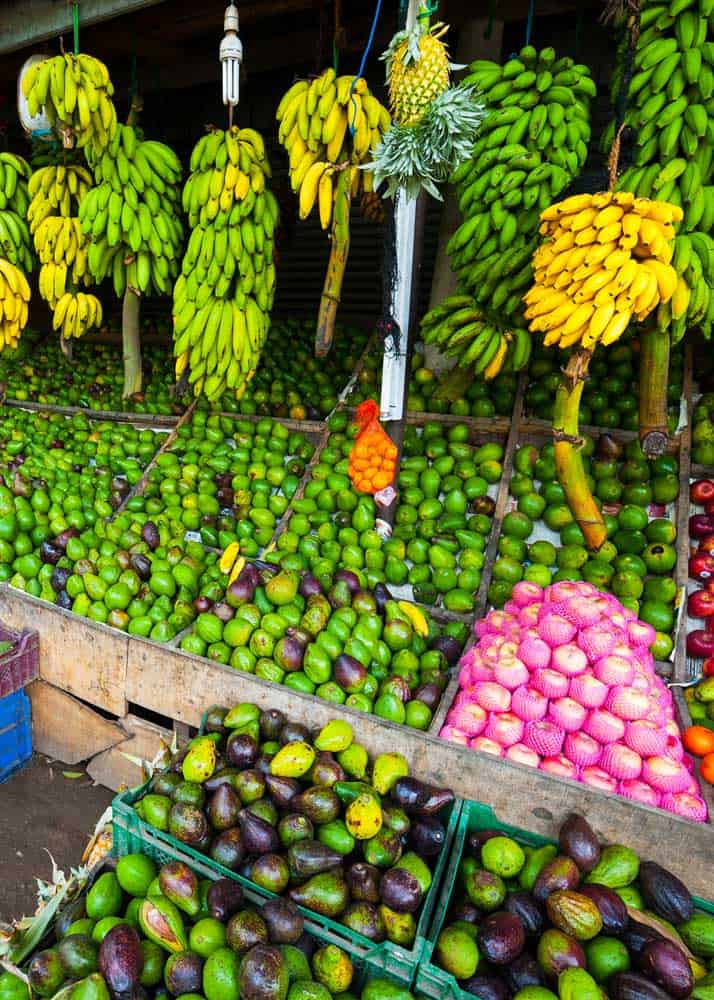
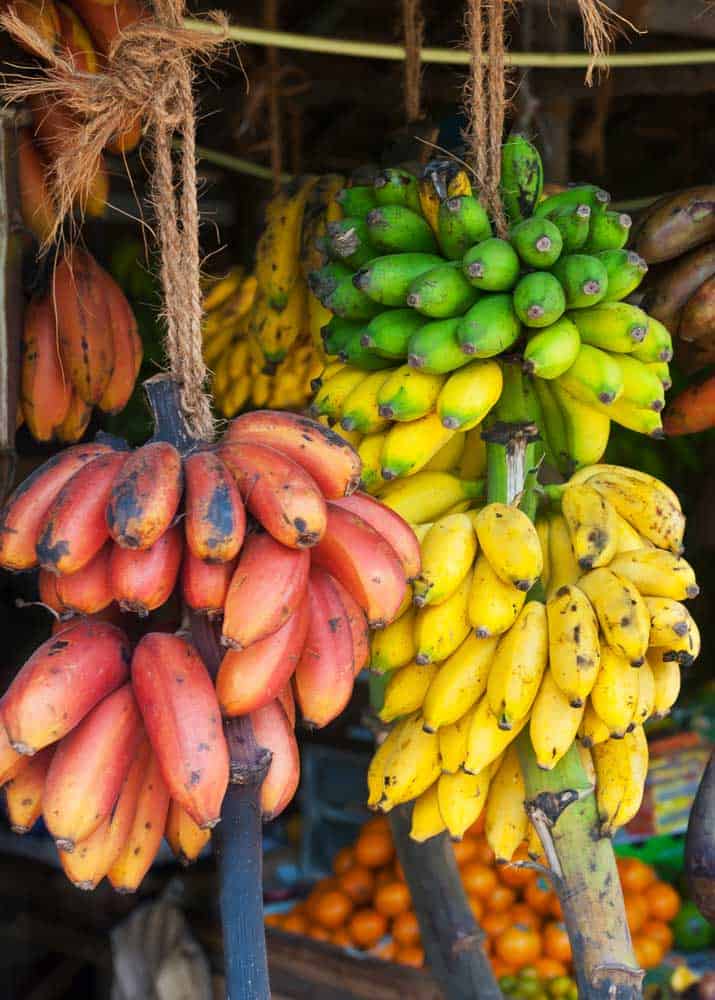
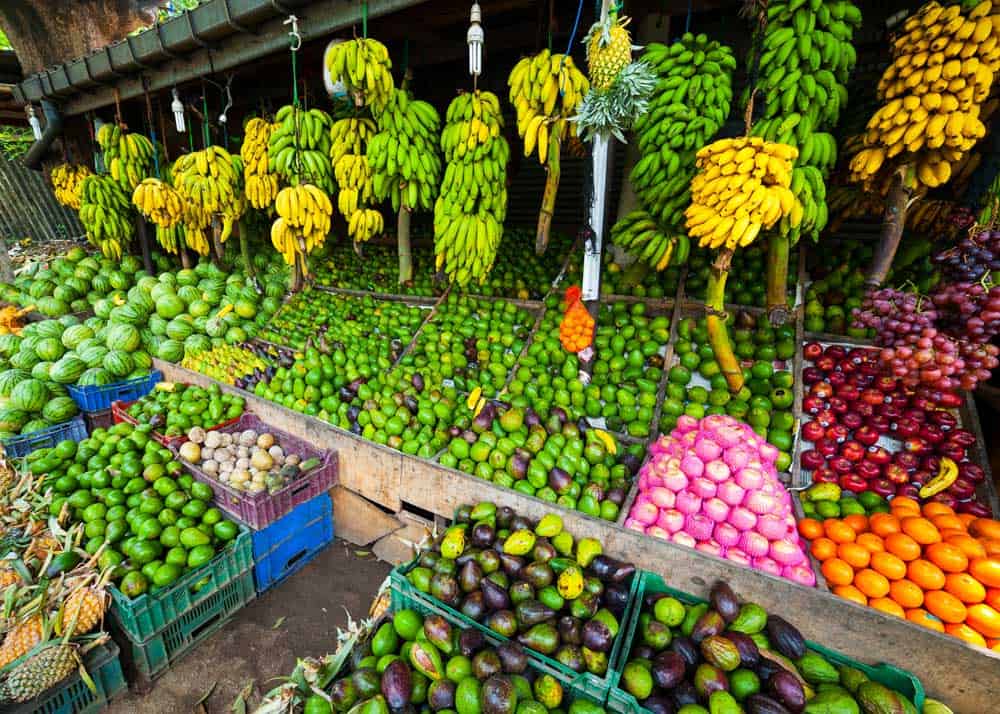
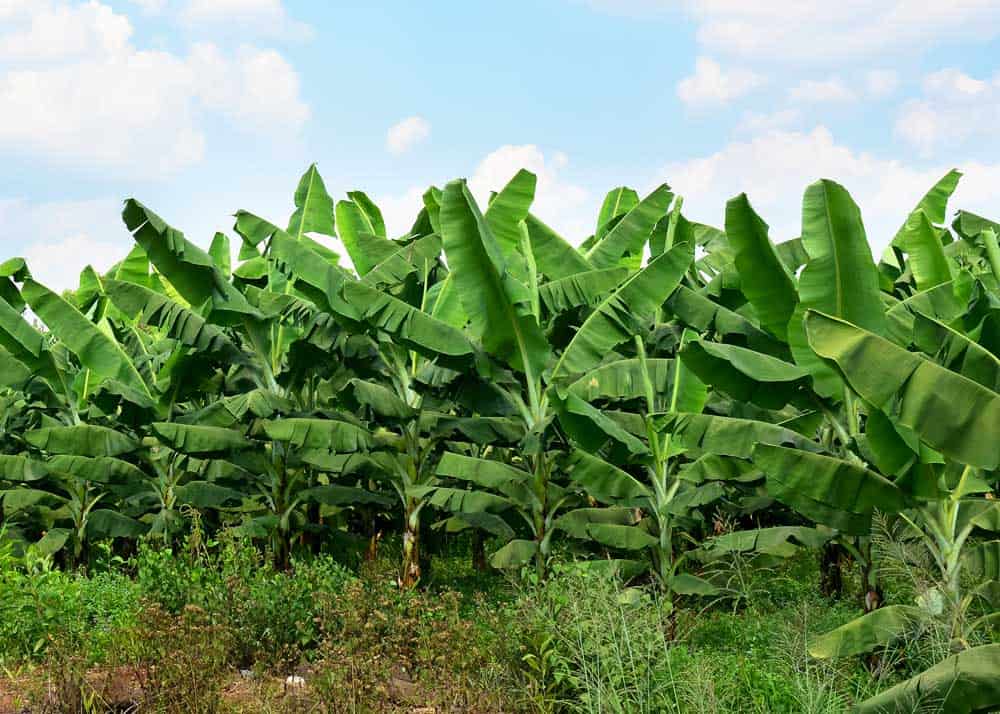
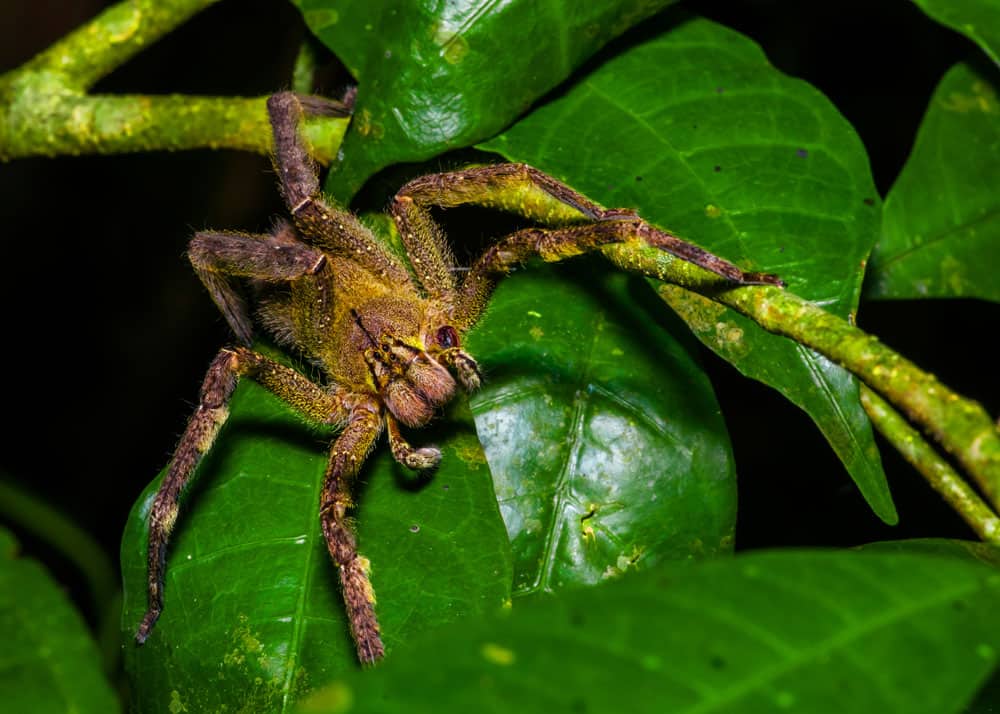
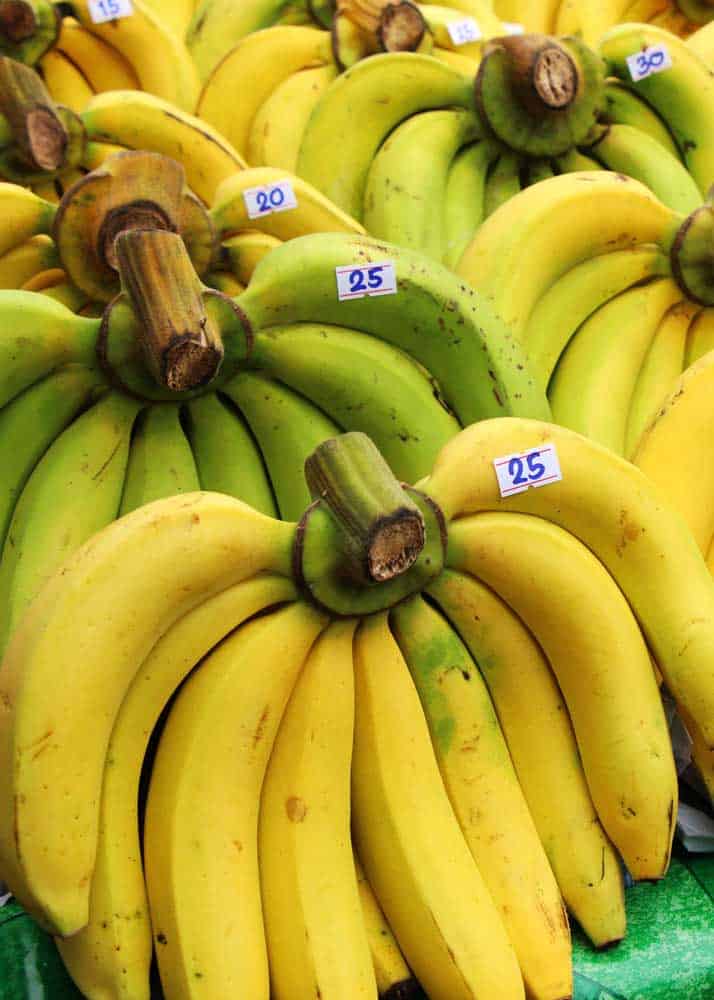


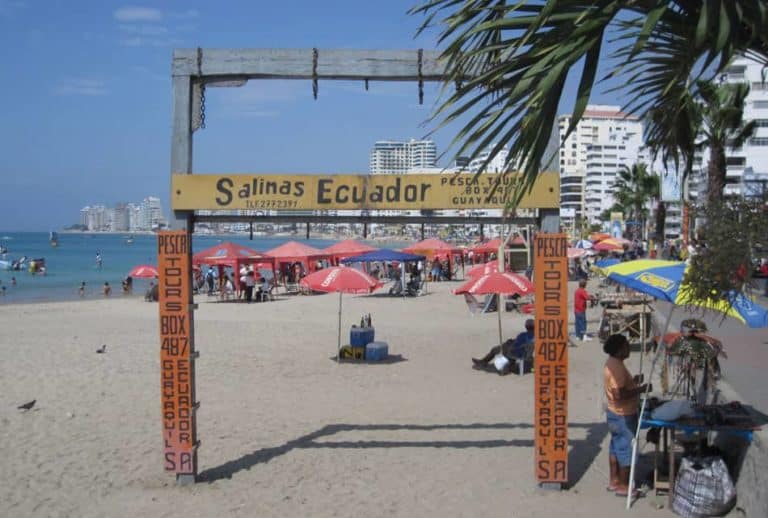
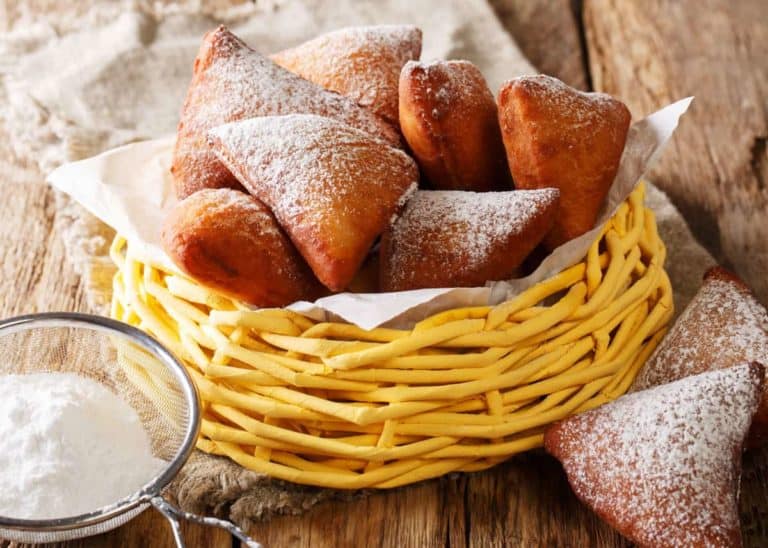

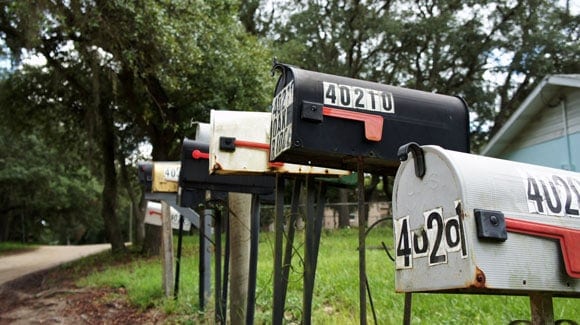
If you live where bananas grow, you will find yourself shunning the cavendish variety shipped to grocery stores. Though they may not ship well, varieties eaten in the tropics are far superior in flavor and texture.
I love banana, I plant a lot banana tree on my backyard.